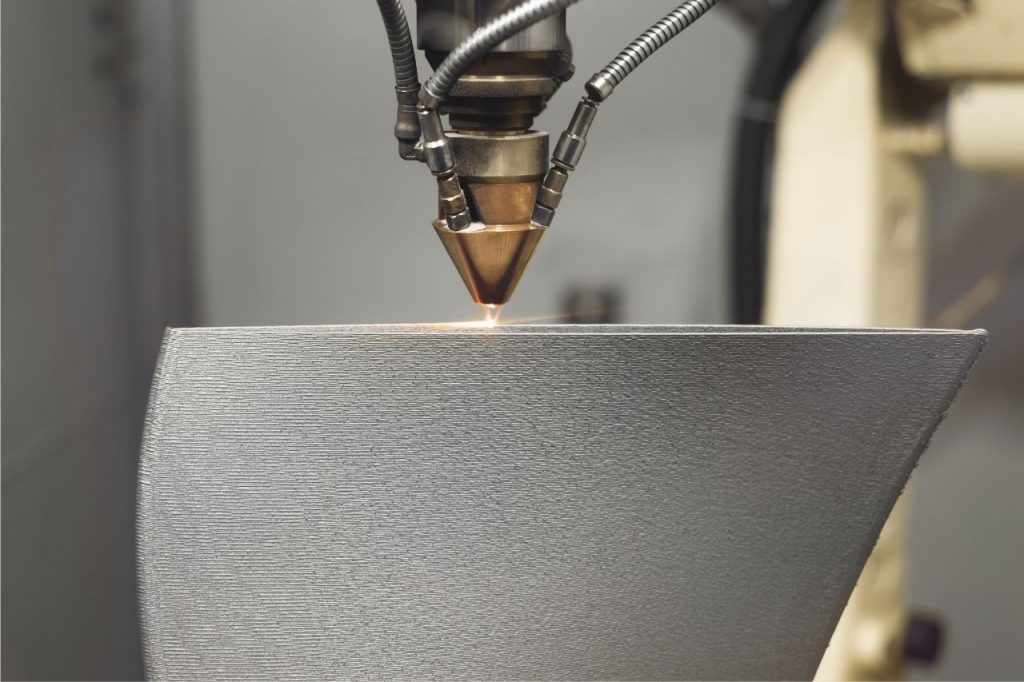New manufacturing methods, new connectors: Versatility and customisation.
For many years, to design and manufacture parts, traditional manufacturing methods had to be considered: Turning, milling, injection moulding, stamping…
But in recent times, thanks to new emerging manufacturing methods, this has changed. In this way, It gives to engineers and designers the freedom to create geometries in their products that previously were impossible or very expensive to get.
How do the new manufacturing methods help us to manufacture connectors?
At ALFA’R, we always have clear premises for our entire range of connectors: versatility and quality.
This results in a wide variety of contact distributions within a common housing, thus creating many different connectors.
Within the contacts we can find different types, or uses for them:
-Electrical (power):
The most commonly used, pins to transmit power through a male/female pin.
High-speed electrical (data):
Pins very sensitive to their own geometry and to the geometry and nature of the supporting insulator material. They must be able to meet the requirements of optimum data transmission, without losses. For e.g. to get a USB 3.0 equivalent.
-Coaxial:
Connector by itself. Which is integrated into a larger connector, together with other contacts. For Radio Frequency connections.
-Fibre Optic/USB/RJ:
Standard connectors, which are adapted to our insulators to give greater protection against shocks, watertightness, reliability, etc…
In power or low speed data and coaxial electrical contacts, due to their cylindrical geometries, there are usually no difficulties in adapting the insulator with traditional production methods.
On the other hand, high-speed electrical contacts and fibre optic/USB/RJ connections,… often have square or irregular shapes, making it difficult or impossible to use traditional manufacturing methods.

Thanks to 3D printing, these adaptations can be made to perfection without the need to create moulds or to have a minimum batch.
Steps to obtain the insulator in a connector.
In order to manufacture a customised insulator, good communication with the customer-user is essential.
Once all the information necessary for the design of the product is available, the distribution of the contacts is made.
At this point, several parameters are taken into account, such as:
– The size of the inserts
– Voltage required
– Impedance calculation
– Type of insulator material used
Once all the data is taken into consideration, the design of the insulator is started.
At the end of the design, prototypes are made to ensure that everything is perfectly adjusted. Subsequently, the insulator support material is validated and the insulator is manufactured.
Thanks to technological advances in additive manufacturing, this has been of great interest to ALFA’R, since, thanks to these new technologies, the diversification and distribution of contacts is practically unlimited.
Moreover, the technical materials available today are much more advanced than they were originally, and the precision is becoming ever greater.
ALFA’R is therefore able to offer a much more versatile connector with the same quality as always.
